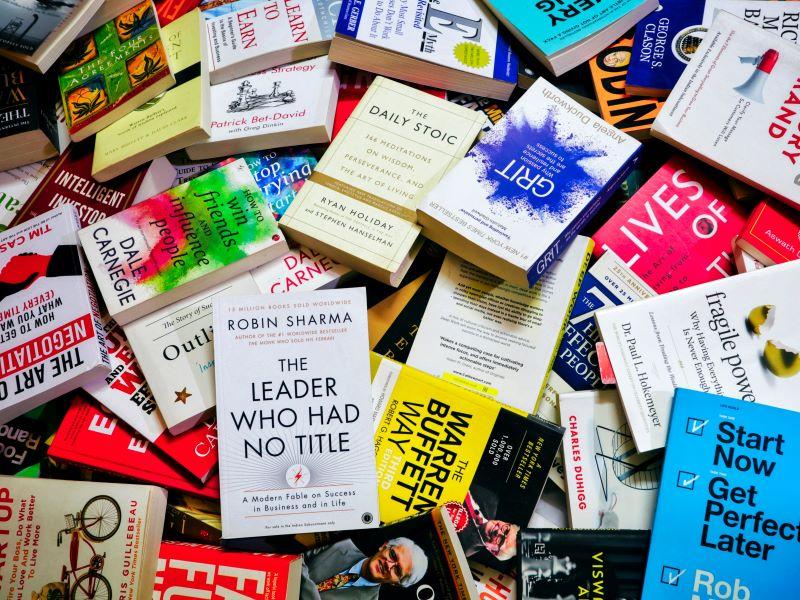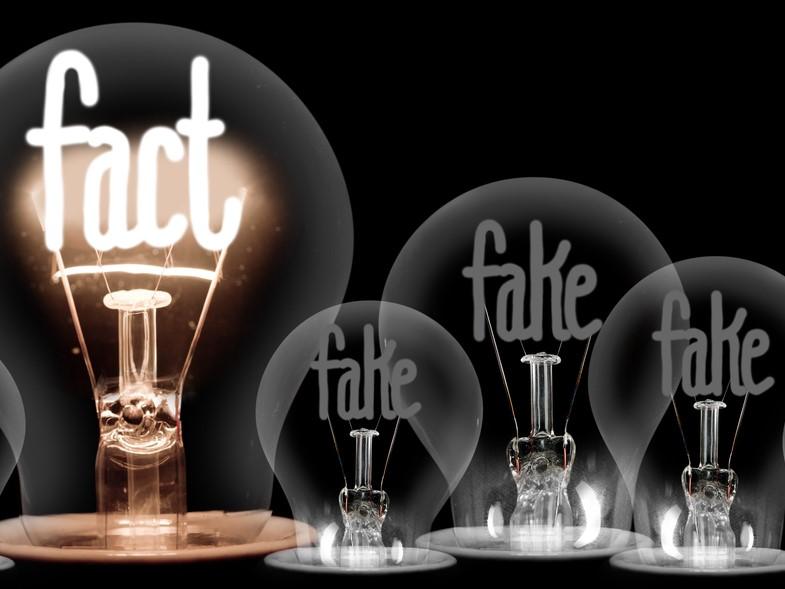
How I train students in strategic and reflective academic reading

Freshmen who are new to university study might feel daunted and frustrated when presented with a lengthy list of academic reading material. Many students select some of the titles and ignore the rest, before completing assignments or preparing examinations, but some may skip it all. Yet, strategic and competent academic reading skills are often what students will keep using throughout or beyond their studies. Below are seven steps that we as teachers can use to guide them through these readings:
1. Grasp the bigger picture
Academic papers are often dense and complicated, requiring students to read and reflect on them more than once. Explain at the start how, rather than reading from start to finish like a novel, students should first look for the big picture by skimming the abstract, introduction, conclusion and headings, as well as tables and graphs. The important information is often repeated in these areas. This enables students to anticipate subsequent content and judge whether they should continue reading. Once students grasp the bigger picture, they can judge whether to dig into details such as the literature review, research methods and implications according to their relevance.
- THE Campus spotlight: the role of higher education in separating fact from fiction
- Pausing playback: training students to read and take notes in online classes
- Top online teaching tip: Ask your students questions
2. Develop a precise and concise summary
When presenting reading material, teachers should invite students to summarise the arguments of the author(s) in a few short sentences, to help them engage in subsequent thinking and discussion in lectures and tutorials. To this end, students should be encouraged to take note of the main sources of information or ideas that contribute to the author’s central argument. This will help them develop a skeleton that starts with general ideas then drills down into specific instances. During this process, students can annotate the parts they find most important or interesting.
3. Link reading with real life
Once students have extracted the key issues and lessons from their reading, they should be encouraged to connect the abstract theories with empirical realities. Ask students to look for connections between what they have read and stories, reports and experiences from the real world. They should be encouraged to reflect on their own opinions and perceptions during this process. There should also be class discussion time built in so students can share their opinions on what they have read and gather alternative interpretations and perspectives.
4. Compare and contrast relevant readings
We as teachers have our own rationales for grouping weekly reading materials together and as such, we need to actively guide students to think about the different volumes as a “whole” each week, examining their similarities and differences. Present students with a big thematic question each week. With this overarching question, students can consider whether the authors are having a direct conversation with one another and, if not, how they might respond to one another’s arguments. Another useful activity involves considering the intellectual contribution of that week’s reading to the previous week’s topic and thus to the overall course content. Lastly, students could consider what further studies and work could be explored on a given week’s theme.
5. Develop independent and critical thinking
While most reading materials are academic and peer-reviewed, this does not mean that all the claims made are valid or will not become obsolete. Many of theories and arguments may not predict, explain, or even align with observations in everyday life. So, invite students to consider the implications of what they have read compared with how they think about society and the world in general, or a specific topic and issue. Students should start to develop their own thoughts and theories related to the issues they are learning about.
6. Prepare quick notes and follow-up questions
After completing the reading, students should compile and collate their ideas into quick notes that present the key facts and observations in their own words. They should learn to keep asking themselves questions throughout the process. This is the most valuable step as these questions guide students to think in a much broader and deeper manner. While the set reading simply provides access points for students to initiate their own learning.
7. Compile own reading lists
Course instructors who are experts in the field should select varied, representative and up-to-date reading lists that provide a springboard for reading further into the subject matter. It should act as an aid for students to chart their own academic trajectory. Make it clear that students should go further by looking at the references and bibliographies to develop their own tailor-made reading lists.
Adrian Man-Ho Lam is a course tutor researching and teaching the interdisciplinary common core curriculum at the University of Hong Kong.
If you found this interesting and want advice and insight from academics and university staff delivered direct to your inbox each week, sign up for the THE Campus newsletter.


